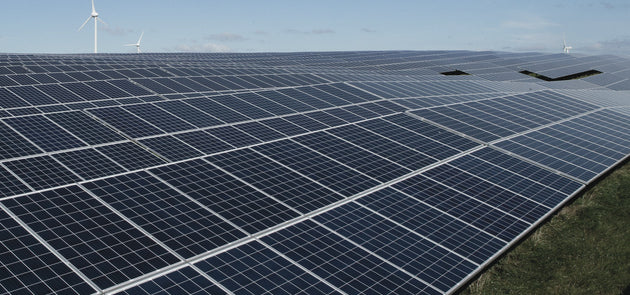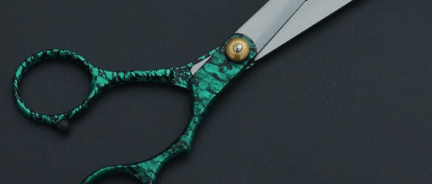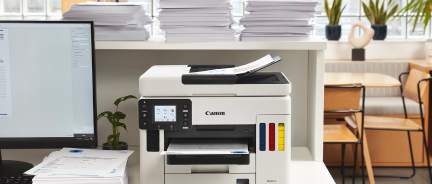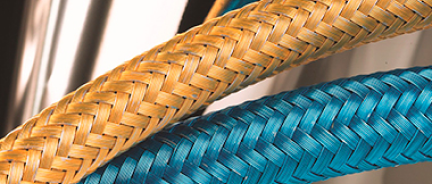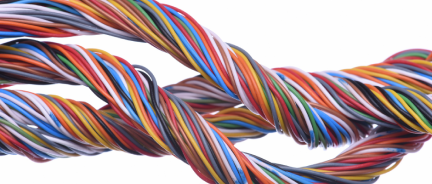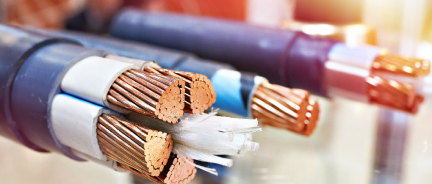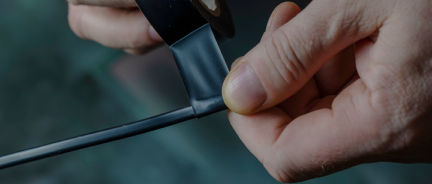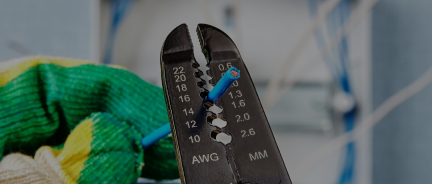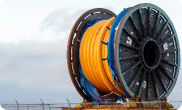Explaining NEC Article 358 on Electrical Metallic Tubing (EMT)
NEC Article 358 focuses on the requirements for Electrical Metallic Tubing (EMT), which is an unthreaded, thin-wall conduit used to protect and route electrical conductors. EMT is perhaps the most commonly used raceway in commercial and industrial applications as it is cost-effective while being lightweight and durable. Here is everything relevant covered in the article:
What Is EMT?
Electrical Metallic Tubing is a circular metal raceway that is not threaded and is joined using compression or setscrew fittings. EMT is often called a “thin-wall” conduit, as it has a thinner wall than Rigid Metal Conduit (RMC). EMT is light and easy to bend, which makes it perfect for light and easy installations.
Allowed and Prohibited Applications
EMT is allowed both indoors and outdoors as long as it’s properly protected from corrosion and physical damage.
-
EMT is used outdoors or in wet or damp locations. It must be galvanized or coated and installed with corrosion-resistant fittings.
-
EMT can be installed in environmental air-handling spaces (plenums), such as ceilings used for air return, only if it is listed for that application. “Listed” means the tubing has been tested and certified by a recognized testing lab (like UL) for safe use in those specific conditions.
-
EMT is prohibited in locations where it may be crushed or severely damaged. Some examples of this include loading docks, warehouse floors, or exposed parking structures. It might be used in these applications if protected by structural barriers
-
EMT cannot be directly buried in soil or embedded in concrete unless additional corrosion protection is provided, such as wrapping or encasing the conduit in a non-corrosive sleeve. For example, it cannot be used in underground runs between buildings or conduit placed in floor slabs on grade.
EMT Fittings and Connections
-
EMT must be installed with listed and properly tightened fittings.
-
Compression or setscrew connectors are used to join sections.
-
Bushings or smooth fittings are required where conductors enter to prevent abrasion.
-
Fittings must be securely fastened within 3 feet of every outlet box, junction box, device box, cabinet, or fitting.
Grounding and Bonding
EMT can serve as an equipment grounding conductor when installed with appropriate fittings. It is commonly used this way in commercial and industrial installations where separate grounding conductors may not be needed. If used for grounding, make sure all connections are secure and electrically continuous to maintain grounding integrity.
Support Requirements (358.30)
-
EMT must be securely fastened within 3 feet of each box and supported at intervals not exceeding 10 feet.
-
Horizontal runs supported on trapeze hangers or similar methods are acceptable if they meet spacing rules.
Bending and Radius (358.24, 358.26)
-
EMT can be bent using hand or mechanical benders, making it suitable for installations requiring directional changes.
-
Bends must maintain the internal diameter without flattening or crimping to avoid damaging conductors.
-
The minimum radius for any bend depends on conduit size but typically starts at 4 times the diameter. For example, a 1-inch EMT must have a minimum bend radius of 4 inches.
Conductor Fill and Sizing
-
EMT must comply with conductor fill limits to prevent overheating, which could lead to insulation damage or fire.
-
Maximum fill is 40% for more than two conductors in the same conduit. This includes all current-carrying conductors and applies to the total cross-sectional area.
-
For example, ¾-inch EMT can hold up to (16) 12 AWG THHN conductors.

Common Conductor Types Used in EMT
While NEC Article 358 doesn’t name specific cable types, certain individual conductors are commonly used inside EMT conduit:
-
THHN/THWN-2: These are the most widely used conductors in EMT for both dry and wet locations due to their heat and moisture resistance. Their nylon jackets make them ideal for pulling through conduit.
-
XHHW-2: An alternative to THHN/THWN-2, for use in industrial settings.
Nassau National Cable supplies THHN/THWN-2 and other conductor types suitable for EMT conduit. Shop our selection to find the correct wire and fittings.







